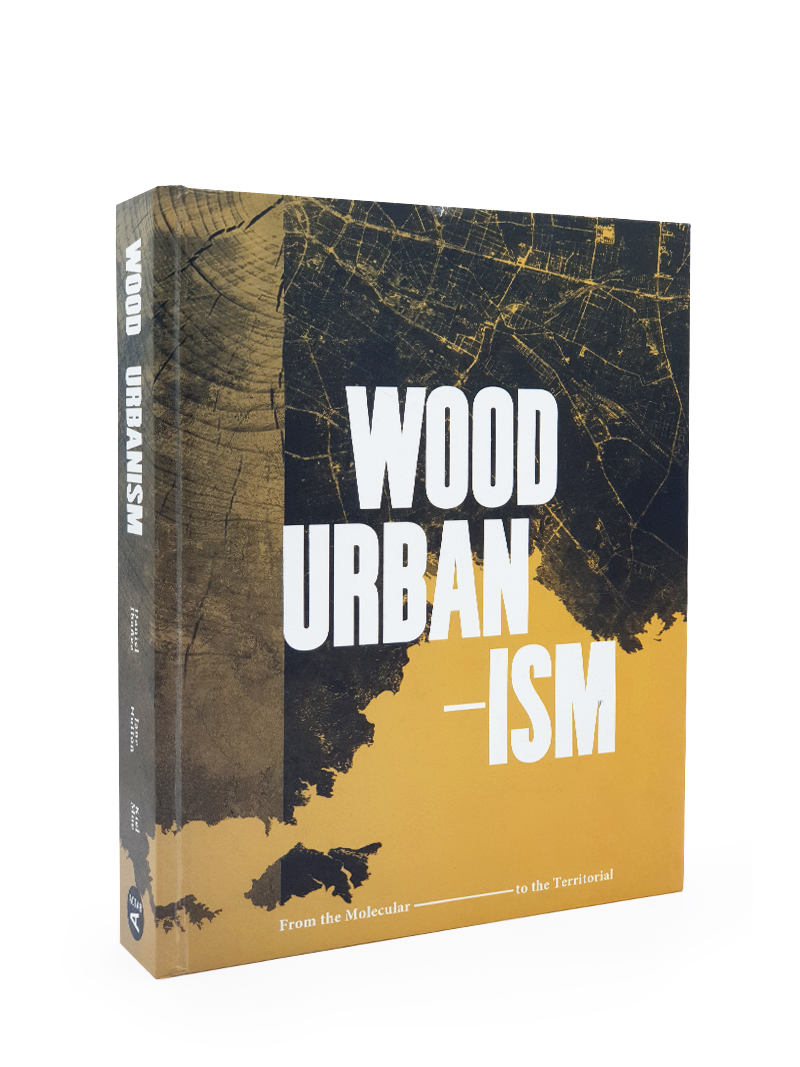Among the many mutual relationships in the scales of timber dynamics articulated throughout this book, the thermal propensities of wood are perhaps the most immediately sensible to us. There are a number of physiological reciprocities between our bodies and massive timber buildings. Among them is the often colloquial, but quantifiable, association of “warmth” with wood. The thermal properties and behaviors specific to wood are not fully articulated in building science or in the wood industry, but they could impact how we come to characterize the thermodynamics, thermal potential, and ecologies of timber building.
While some thermal propensities of wood relate directly to our bodies, a better understanding of the thermal behavior and thermal potential of wood could more broadly impact the specific ways we use wood in massive building. This understanding extends not just to mass flow in regard to forestry sourcing and its associated carbon dynamics, but also to the operational fuel dynamics of buildings and (again) their associated carbon dynamics. So, seemingly small-scale movements of heat in wood and to wood can quickly cycle up to our largest scales, those of global carbon dynamics. In short, any cogent exergy matching design and carbon strategy for a massive timber building would necessarily put the possible quantities and qualities of wood’s thermal propensities to work at a range of scales and in a range of ways. Thus we need to learn how to couple daily fluxes of heat and air with the decades-long dynamics of forestry if we are to grasp the full potential of timber design.
Full content is available only for registered users. Please login or


















